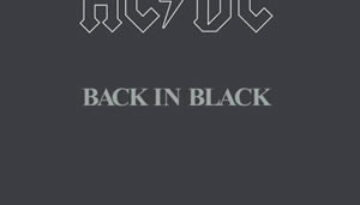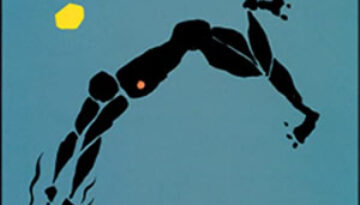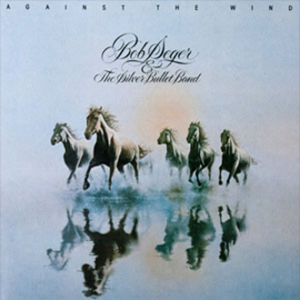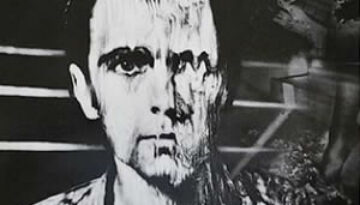Back In Black by AC/DC
Buy Back In Black Who would have guessed that out of the ashes of tragedy would rise the rock n’ roll classic, Back In Black? Recorded just a few weeks following the untimely […]

Buy Back In Black Who would have guessed that out of the ashes of tragedy would rise the rock n’ roll classic, Back In Black? Recorded just a few weeks following the untimely […]

Buy Arc of a Diver Arc of a Diver is a true “solo” record by Steve Winwood as he played every instrument and recorded and produced the album in his private studio. The […]

Buy Against the Wind In early 1980, Bob Seger completed his trifecta of commercial smash hit albums with the release of Against the Wind. It was his eleventh overall studio album, the fourth […]

Buy Peter Gabriel (1980) Peter Gabriel‘s third solo album was also the third to be officially eponymous, although this 1980 record has been given the unofficial title “Melt”. This album is credited as […]